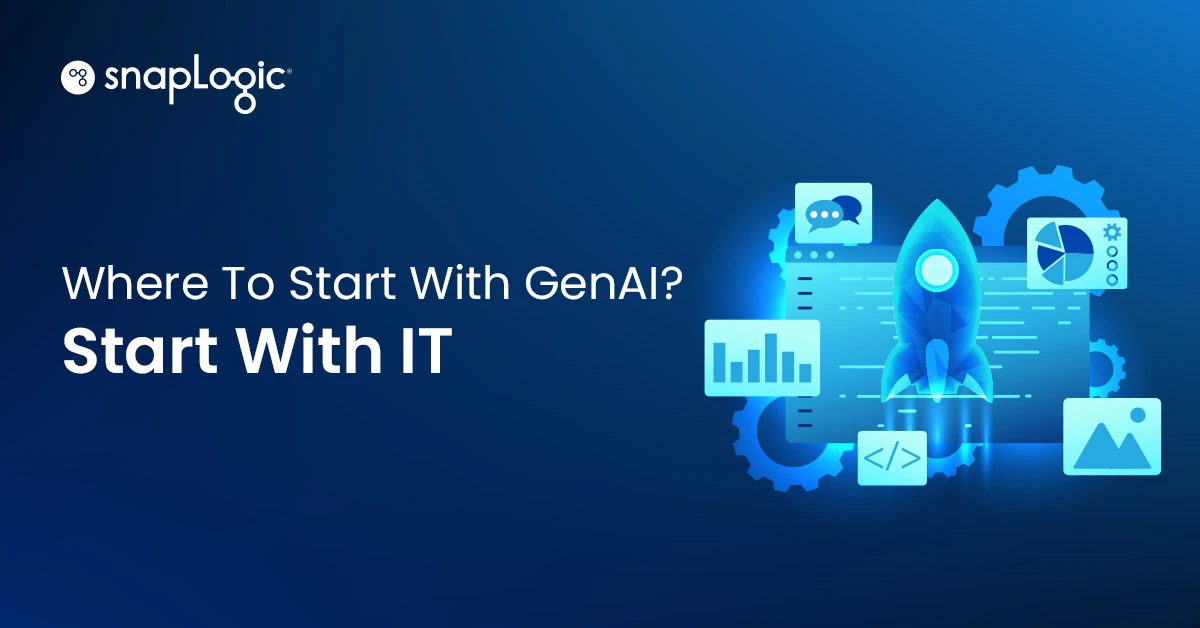By Craig Stewart
It’s not just a tongue twister. Operationalizing innovation has proven to be one of the most elusive management objectives of the new millennium. Consider this sound bite from an executive who’d just participated in an innovation conference in 2005:
The real discussion at the meeting was about … how to operationalize innovation. All roads of discussion led back to that place. How do you make your company into a systemic innovator? There is no common denominator out there, no shared understanding on how to do that.[1]
The good news is that, in the 12 years since, cloud computing has exploded, and a common denominator clearly emerged: data. Specifically, putting the power of data – big data, enterprise data, and data from external sources – and analytics into users’ hands. More good news: An entirely new class of big data analysis tools[2] has emerged that allows business users to become “citizen data analysts.”
The bad news: There hasn’t been a fast, easy way to perform the necessary integrations between data sources, in the cloud – an essential first step that is the foundation of citizen data analytics, today’s hottest source of innovation.
Until now.
The SnapLogic Enterprise Integration Cloud is a mature, full-featured Integration Platform-as-a-Service (iPaaS) built in the cloud, for the cloud. Through its visual, automated approach to integration, the SnapLogic Enterprise Integration Cloud uniquely empowers both business and IT users, accelerating analytics initiatives on Amazon Redshift and other cloud data warehouses.
Unlike on-premises ETL or immature cloud tools, SnapLogic combines ease of use, streaming scalability, on-premises and cloud integration, and managed connectors called Snaps. Together, these capabilities present a 10x improvement over legacy ETL solutions like Informatica or other “cloud-washed” solutions originally designed for on-premises use, accelerating integrations from months to days.
By enabling “citizen integrators” to more quickly build, deploy and efficiently manage multiple high-volume, data-intensive integration projects, SnapLogic uniquely delivers:
- Ease of use for business and IT users through a graphical approach to integration
- A solution built for scale, offering bulk data movement and streaming data integration
- Ideal capabilities for hybrid environments, with over 400 Snaps to handle relational, document, unstructured, and legacy data sources
- Cloud data warehouse-readiness with native support for Amazon Redshift and other popular cloud data warehouses
- Built-in data governance* by synchronizing data in Redshift at any time interval desired, from real-time to overnight batch.
* Why data governance matters
Analytics performed on top of incorrect data yield incorrect results – a detriment, certainly, in the quest to operationalize innovation. Data governance is a significant topic, and a major concern of IT organizations charged with maintaining the consistency of data routinely accessed by citizen data scientist and citizen integrator populations. Gartner estimates that only 10% of self-service BI initiatives are governed[3] to prevent inconsistencies that adversely affect the business.
Data discovery initiatives using desktop analytics tools risk creating inconsistent silos of data. Cloud data warehouses afford increased governance and data centralization. SnapLogic helps to ensure strong data governance by replicating source tables into Redshift clusters, where the data can be periodically synchronized at any time interval desired, from real-time to overnight batch. In this way, data drift is eliminated, allowing all users who access data, whether in Redshift or other enterprise systems, to be confident in its accuracy.
To find out more about how SnapLogic empowers citizen data scientists, and how a global pharmaceutical company is using SnapLogic to operationalize innovation, get the white paper, “Igniting discovery: How built-for-the-cloud data integration kicks Amazon Redshift into high gear.”
Craig Stewart is Vice President, Product Management at SnapLogic.
[1] “Operationalizing Innovation–THE hot topic,” Bruce Nussbaum, Bloomberg, September 28, 2005. https://www.bloomberg.com/news/articles/2005-09-28/operationalizing-innovation-the-hot-topic
[2] “The 18 Best Analytics Tools Every Business Manager Should Know,” Bernard Marr, Forbes, February 4, 2016. https://www.forbes.com/sites/bernardmarr/2016/02/04/the-18-best-analytics-tools-every-business-manager-should-know/#825e6115d397
[3] “Predicts 2017: Analytics Strategy and Technology,” Kurt Schlegel, et. al., Gartner, November 30, 2016. ID: G00316349










